You Better Not Cry

Stories for Christmas
AUGUSTEN
BURROUGHS
St. Martins Press  New York
New York
The author and publisher have provided this e-book to you for your personal use only. You may not make this e-book publicly available in any way. Copyright infringement is against the law. If you believe the copy of this e-book you are reading infringes on the authors copyright, please notify the publisher at: http://us.macmillan.com/content.aspx?publisher=macmillansite&id=25699.
The names and identifying characteristics of
some people have been changed.
This book is dedicated to the people of Australia
who lost everything there is to lose in the
February fires of 2009.
And to everyone who still holds their breath to listen
for the sound of distant sleigh bells in the sky.
Authors Note
This book was written on a Linux-powered
computer using open-source software that is
available to everyone, free.
Contents
I am grateful to my friends and family, publishers and management, both here in the United States and abroad. Most of all, I am grateful to my readers, who have made me feel so less alone in the world.
I stopped believing in Santa Claus when I was six. Mother took me to see him in a department store, and he asked for my autograph.
Shirley Temple
I TS NOT THAT I was an outright nitwit of a child. Its that the things even a nitwit could do with little or no instruction often confused me. Simple, everyday sorts of things tripped me up.
Stacking metal chairs, for example. Everybody in class just seemed to know exactly how to fold the seat up into the back and then nest them all together like Pringles potato chips. I sat on the floor for ten minutes with one of the things as if somebody had told me to just stare at it. Concentrate hard, Augusten, try and turn it into an eggplant with your mind. You can do it!
The other children appeared to be born with some sort of innate knowledge, as though the action of folding and stacking child-size metal school chairs was genetically encoded within each of them, like fingernails or a sigmoid colon.
I seemed to lack the ability to comprehend the obvious. From the very beginning there had been warning signs.
Like every kid just starting school, I had to memorize the Pledge of Allegiancesomething that would in many towns today be considered prayer and therefore forbidden; akin to forcing a child to drink the blood of a sacrificial goat or unfurl a Tabriz prayer rug and kneel barefoot on it while facing Mecca.
While I managed to learn the words, memorizing isnt the same as understanding. And of course I was never tested on the meaning of the pledge. It must have simply been taken for granted that even the dimmest child would easily grasp the meaning of a phrase such as I pledge allegiance, especially when that phrase was spoken while standing at strict attention and facing the American flag, hand in a salute above the heart. There was so little room for misinterpretation. It was the Pledge of Allegiance, not Are You There God? Its Me, Margaret.
Still. If one of the teachers had asked me to explain the meaning of those wordswhich I chanted parrot-minded and smiling each morningthey certainly would have been shocked to hear me admit that while I didnt know exactly what it was about, I knew it had something to do with Pledge, the same furniture polish my mother used and that always, inexplicably, made me feel sunny. So each morning as I spoke those hallowed words, it was the bright yellow can with the glowing lemony scent that I pictured.

It was another, more profound misunderstanding that caused so much trouble.
As a young child I had Santa and Jesus all mixed up. I could identify Coke or Pepsi with just one sip, but I could not tell you for sure why they strapped Santa to a cross. Had he missed a house? Had a good little girl somewhere in the world not received the doll hed promised her, making the father angry?
My confusion may have stemmed from the fact that I was being raised without religion, except for a brief and entirely baffling period of Sunday school. But I certainly never detected any theological undertones in my Sunday school sessions. Mostly it was just a dank, gloomy day spent in the basement of the Unitarian Church where we were expected to play with old-time toys made out of metal; little figures like a nurse in a white uniform, a policeman, a child, a mother holding a skillet. The rest of the world had long ago moved on to plastic action figures; the newest ones with articulating arms and legs. Many were even holding guns. What kind of crazy school made kids spend the day in a basement and play with some dumb nurse with a little cap like they only wore on black-and-white Leave It to Beaver? About the only thing you could do with these old things was pick away the lead paint and nibble the fleckstiny crunch, salty.
They didnt even have real teachers, just a bunch of ladies that were old and papery and drank all our apple juice.
While Id heard the words, Christian, Catholic, and Jewish I never connected them to Santa or Jesus. I assumed they were geographical terms, like Canadian or Military.
Everything I knew of God and Jesusalong with Santa, for that matterI knew from television.
And this just confused the issue further. Because both Santa and Jesus appeared in continuous rotation on television at the same time each yearand both of them were pushing Christmas.
Just after Thanksgiving it would begin: the parade of holiday specials. There was Rudolph the Red-Nosed Reindeer and Davey and Goliaths Christmas Lost & Found, where they lived in what appeared to be a corrugated-steel storage unit. I loved dogs, but I despised that preachy, do-gooder of a cur, Goliathalways Daveys killjoy.
Cmon, Goliath, lets go grab a little girl by her ponytail and make her eat yellow snow.
Gee, Day-vee, Im not sure we should be doing that. That doesnt sound sanitary. And cleanliness Day-vee, is next to godliness.
I swear. If I were Davey, I would have fed that thing a bowl of warm mayonnaise and nails.
After Davey and Goliath it was on to The Grinch or Charlie Brown, before moving along to The Three Wise Men. It was a jumble of mixed messages: One minute, I was told the magic of Christmas was a jolly man in a red suit, slinging a sack filled with packages over his shoulder. And the next, it was drilled into my head that the real meaning of Christmas was Jesus, just a little baby on a stack of wheat. Then they would show him as a grown-up hippie dressed in a skimpy little outfit like the one Ginger wore on Gilligans Island. He walked around casting spells on kids with harelips and other deformities, and making cripples magically rise from their wheelchairswhich I assumed he had given to them for Christmas in the first place.
So while it was Santa during prime time, those shadowy, almost-but-not-quite hours before were often given to Jesus.
But in both, December twenty-fifth was the big day. Even I knew that much.
What I didnt know was why you might see Jesus in front of one houseeven a whole barn scene with the wheat and everythingbut then the next house might have a sleigh and reindeer and then Santa himself on the roof. Or sometimes, somebody would have it all: Jesus on the wheat, Santa on his sleigh, and even Frosty, waving at the traffic and starting to melt. They always showed him starting to melt.


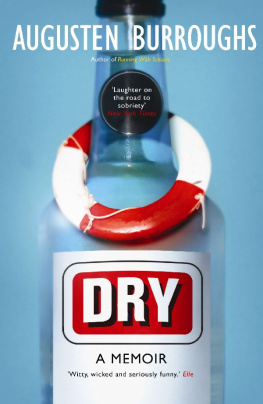


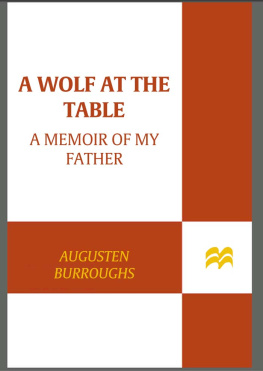
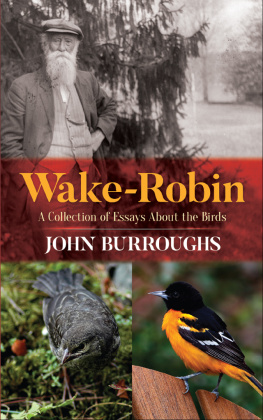

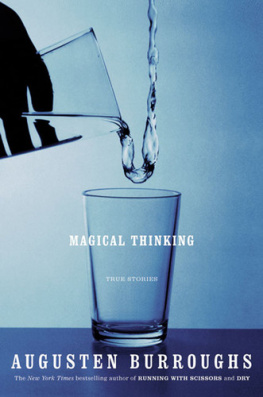
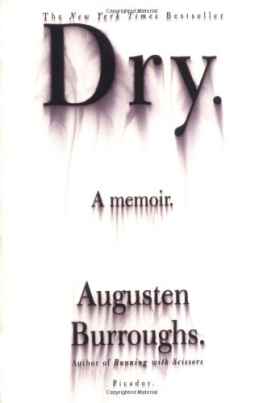
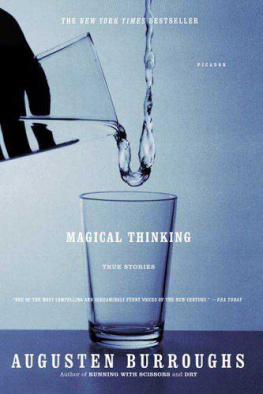


 New York
New York